When navigating your boat, of course you always want to remain aware of your surroundings, your direction of travel and, if you can, landmarks which will help you maintain a decent frame of reference; but you also want to chart your course.
On your GPS, you need to create a waypoint (or in other words, a route), which is essentially a straight line that you string between your actual, real-time starting position to your destination of choice. To be safe, you also want to check your charts to be sure that you aren’t plotting a course over any sandbars, fingers of land or any other major obstructions of restricted areas.
If you prefer old school course plotting, you only need to determine what your compass bearing should be between your current location and the destination you have chosen. Then keep steady on that course. Don’t worry if you deviate by a few degrees from time to time to avoid other boats and things and then get back on course. That shouldn’t have much impact on your navigation.
Many good boat captains rely on both GPS and compass bearing course plotting methods simultaneously throughout their sea travels. Additionally, indicating your speed on your GPS plotted course will provide you with your estimated arrival time, which is handy as well. Safe travels!
